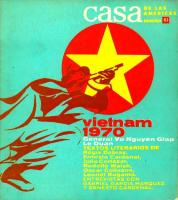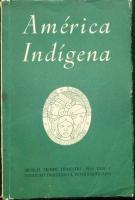Pan-Americanism
Unlike continental movements such as Pan-Africanism and Pan-Arabism, aiming ultimately at political unity, Pan-Americanism is primarily a diplomatic and economic project. It aims to create institutional frameworks to organize collaboration and association between countries in the region. There were large-scale projects since Ibero-American independence wars in the 1810’s (like the Great Colombia of Simón Bolívar), but it was the great Pan-Americanist conferences at the end of the century which structured the directions that it took in the twentieth century (Washington 1889, Mexico 1901, Rio de Janeiro 1906, Buenos Aires 1910).
The United States associated Pan-Americanism with the political and economic hegemony project of the Monroe Doctrine (1823) and the Roosevelt Corollary (1904). However, a sense of Latin Americanism developed as a reaction, and manifested itself with Pan-Americanist proposals opposed to the economic and military interventions of the United States. The Organization of American States (OAS), created in 1948, embodies this ambivalence: although globally submitted to the United States’ foreign policy, it was firmly opposed to several invasions in the region and it adopted socialist positions on certain occasions. Other organizations, which pursue these diplomatic tensions, also express the will to strengthen human rights and democracy through bilateral collaboration: Pan American Health Organization, Pan American Institute of Geography and History, Inter-American Children’s Institute, Inter-American Commission of Women, Inter-American Indian Institute. Those institutions endorse the American Declaration of the Rights and Duties of Man (1948), the American Convention on Human Rights (1969) and the Inter-American Democratic Charter (2001).
This principle of collaboration and solidarity (and not of unity) guided the cultural and intellectual projects featured in Pan-American journals of the nineteenth and twentieth centuries. They developed critical postures against North American expansionism, and even if tinged with Latin Americanism, they were open to the world, like Revista Americana (1909-1919), América Indígena (1941-2006), Sur (1931-1992) , or Casa de las Américas (1960-).




